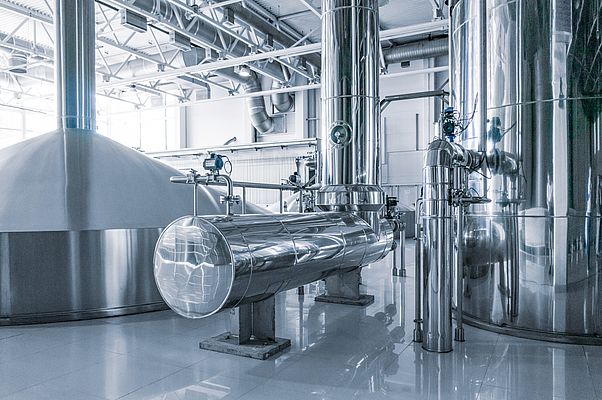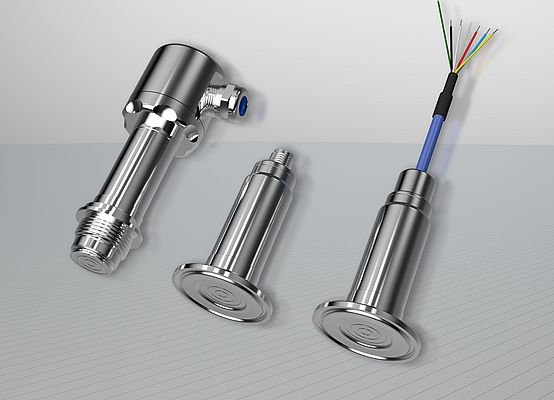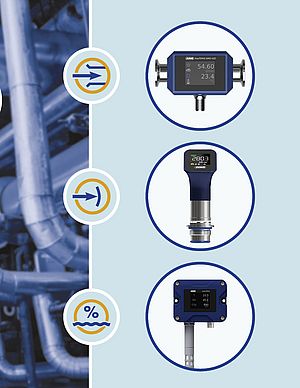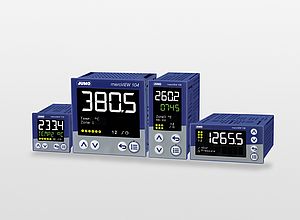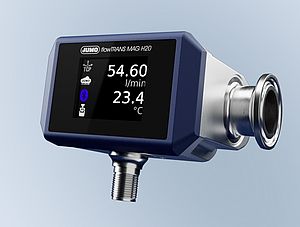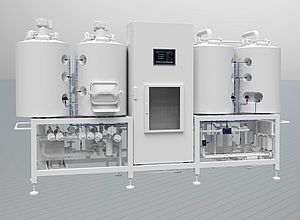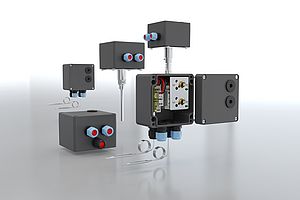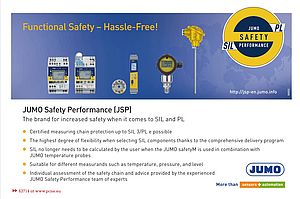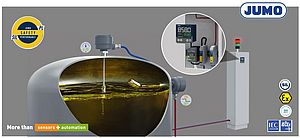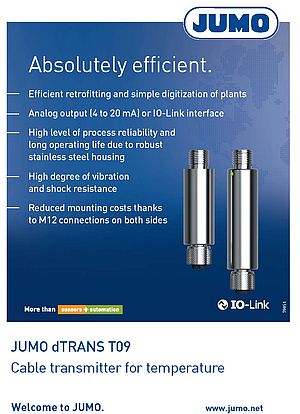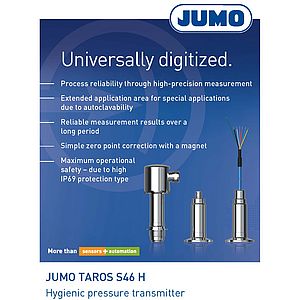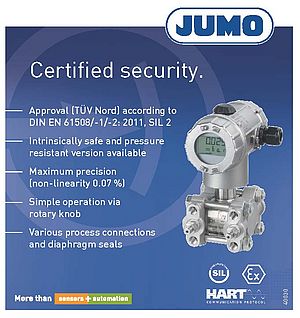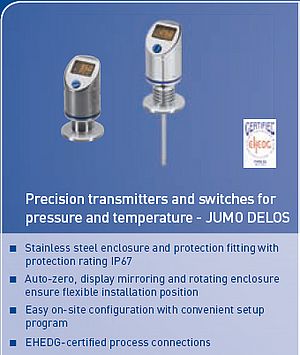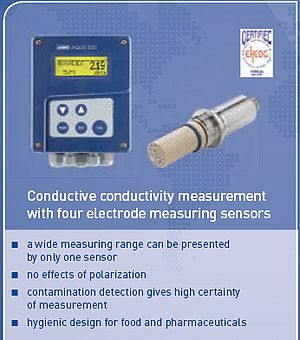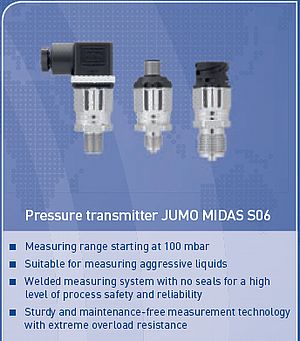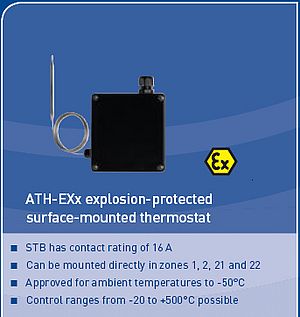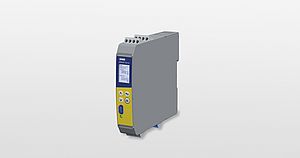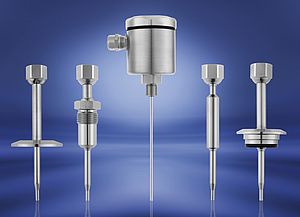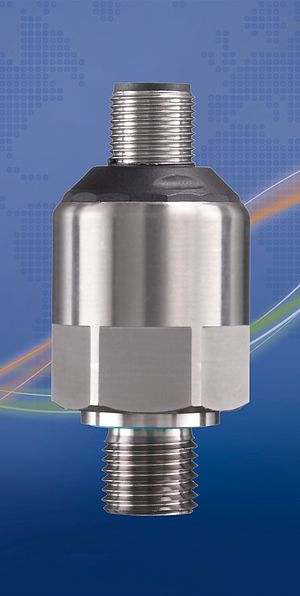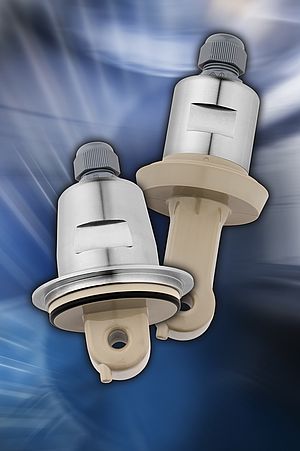Overall, a CIP system comprises concentrate tanks, user tanks, measuring and dosing technology, and a heat exchanger. One concentrate tank contains acid (e.g. 65% nitric acid), another contains caustic solution (e.g. 55% caustic soda solution). Both concentrates are adjusted to the concentration of the user solution (e.g. 2.5% for caustic soda) in so-called user tanks with water. The viscosity of a caustic solution increases with decreasing temperature - a property that can be a hindrance to the cleaning process, especially in winter. For this reason, the caustic tank is connected to a heat exchanger to maintain the temperature. Furthermore, the CIP system includes tanks with rinsing water and - depending on the application - one each with disinfectant (e.g. peracetic acid), ultrapure water or the option of final steam sterilization.
The cleaning process is divided into several process steps in which various factors must be taken into account. These include the degree of contamination in the production plant and the manufactured product.
During CIP cleaning, the focus is on measuring conductivity and also pH. Depending on the application, inline pH electrodes may be installed in the process and must withstand CIP cleaning.
However, temperature, flow and pressure must also be closely monitored throughout the process to ensure optimal cleaning results.
ROLE OF THE "PRESSURE" PARAMETER
The correct pressure plays an important role in various CIP process steps. For example, pressure transmitters are used to monitor the cleaning circuit with regard to blockages and possible leaks. The feed pressure also determines effective cleaning. A control system analyzes the measured values and adjusts the pressure to the setpoint of the section to be cleaned, as required. In addition, pressure transmitters are often used for level monitoring in the CIP tanks.
HIGH REQUIREMENTS
The pressure measurement technology used must meet special requirements. The housings must be made of stainless steel and have a particularly smooth surface to prevent buildup. For example, JUMO generally uses 316 L stainless steel with a surface roughness ≤ 0.8 µm for sensors used in the food industry. and also resistant to aggressive cleaning agents. The design must meet hygienic requirements and allow easy cleaning.
In pressure measuring devices, the sensor and transmitter always form a unit. Piezoresistive sensors are predominantly used as pressure sensors. This makes it possible to cover the measuring ranges typical for the food industry very well. Standard devices are designed for use at media temperatures between -30 and +120°C. For CIP (Cleaning in Place) systems and sterilizable systems, hygienic process connections are optionally available for media temperatures of up to 200°C.
Various solutions are available for the electrical connection, depending on the degree of protection required. To comply with protection class IP65, a cable socket to DIN EN 17 5301 is sufficient. To comply with protection class IP67, either a connection with a fixed connecting cable or an M12 round plug is used.
HIGH-PRECISION PRESSURE MEASUREMENT IN HYGIENIC AREAS
The JUMO TAROS S46 H pressure transmitter is an ideal partner for the food industry, CIP and SIP applications, sterilizers and autoclaves, and for all hygienic pressure measurement applications. Protection classes from IP65 up to IP69 allow use in all areas regardless of the ambient conditions. The use of FDA-compliant materials and hygienic process connections (Clamp, VARIVENT, JUMO PEKA) guarantees safety and good cleanability.
The factory-set measuring ranges for the JUMO TAROS S46 H are between 0 and 100 bar. An autoclavable version is offered for special applications. The medium temperature can be between -40 °C and +125 °C. For a maximum of one hour per day, the medium temperature may even be 140 °C, which is ideal for CIP and SIP applications. The linearity and long-term stability are both very low at 0.1 %. The overall accuracy at 20 °C is a maximum of 0.25% of the measuring span.
Zero correction can be easily performed with a magnet, for example after the autoclave process. In this way, the pressure transmitter provides reliable measured values even over a long period of time.
INTELLIGENTLY COMBINED THE EVALUATION UNIT
The constantly increasing demands for more efficient and low-maintenance cleaning as well as the fulfillment of hygienic requirements and environmental standards make high process reliability and monitoring of the same essential. With the use of a multi-channel measuring instrument, all tasks of CIP cleaning are combined in one device.
The JUMO AQUIS touch S multi-channel measuring device is characterized by the fact that all the important parameters to be measured can be recorded with one device.
For example, the JUMO AQUIS touch S has four analysis inputs that can be assigned to conductivity in the flow and pH value in the return in CIP cleaning. Additional analog inputs can be used, for example, for the fill levels of the storage tanks, the turbidity of the return flow, and the flow rate. The multi-channel measuring device has numerous binary inputs and outputs with which it can, for example, control the flow rate via a frequency measurement, monitor limit values, take over PID controls and switch alarms. It is thus quite conceivable that the device could also take over the control of the valves for the individual cleaning stages depending on the measurement parameters.
The integrated calibration timers ensure smooth plant operation and reduce maintenance costs. Two wash timers are used for the regular cleaning of pH electrodes. Specific functions can be triggered recurrently at a presettable interval. Wash timers can, for example, trigger binary outputs to switch on a cleaning process in the plant. Regular cleaning of the sensors ensures the highest possible measurement reliability. The calibration timer regularly reminds the operator to recalibrate sensors. Corresponding alarms and event list entries can be configured individually. A calibration logbook is available for the analog inputs IN 6 to IN 12, in which all successfully completed calibration procedures are recorded with date, time and many other details. This means that the plant operator always has an overview of the calibration history of the analysis sensors.
With the additional recording function, all measurement data can be recorded and stored. The great advantage is that the device can thus also fulfill official recording obligations. Using the two software packages JUMO PCC and JUMO PCA, the registered data can be transferred to a database via Ethernet, for example, and stored there.
In practice, it is common for all data to be controlled in a central PLC. Often, this is not designed for the large volume of data and reaches its performance limits over time. The use of the multi-channel measuring device also offers advantages here, because the PLC is relieved and becomes more efficient.



